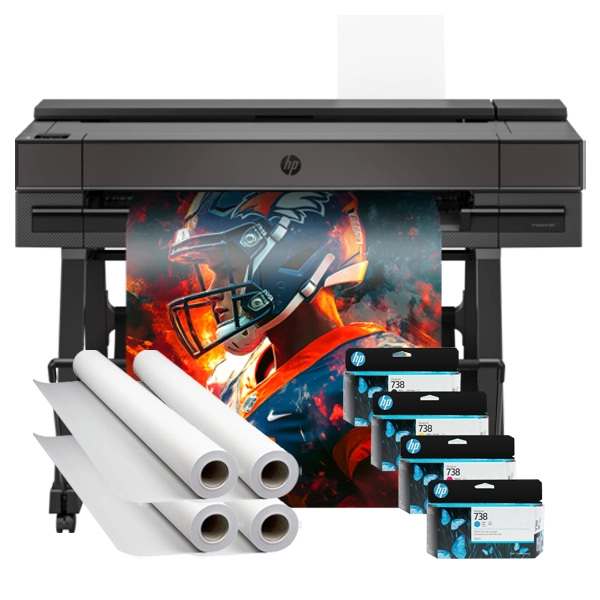Poster Printer Machine for Science Periodic Tables
Level Up Your Chemistry Lab with Interactive Periodic Tables
Transform your chemistry classroom into an immersive learning lab where every element tells a story! Ready to discover how a poster printer machine periodic table can revolutionize the way students connect with chemistry?
Building Your Interactive Display: A Step-by-Step Blueprint
Phase 1: Design
Collaborative planning with student inputDesign Deep Dive
Start with student surveys about their element interests. Create design teams for different periodic table sections. Use tools like Canva or Adobe Express for layout mockups. Remember: student voice = student investment!Empower student creativity from day one
Phase 2: Create
Print & enhance with tech integrationCreation Station
Using your poster printer machine, create base elements at 11×17″ or larger. Add QR codes linking to student videos, 3D molecule models, or element fact sheets. Layer with clear pockets for rotating content!Transform walls into learning landscapes
Phase 3: Interact
Launch activities & maintain momentumEngagement Zone
Create scavenger hunts, element adoption programs, and weekly spotlight features. Use NFC tags for instant fact access. Host “Element Expert” presentations where students teach from their displays!Keep the chemistry alive all year
Hands-On Activities That Bring Elements to Life
Element Adoption Program:
Each student “adopts” an element for the semester. They become the class expert, creating trading cards, presenting fun facts, and updating the display with new discoveries. Use your Campus Pro 36 Poster Maker to print professional-quality element profiles!
Periodic Table Bingo:
Create custom bingo cards with element properties. Students scan QR codes to verify their answers, promoting self-directed learning and friendly competition.
Chemical Compound Construction:
Students use printed element cards to build compounds, then create posters showing molecular structures, real-world uses, and chemical equations.
Timeline Walls:
Design a chronological display showing element discoveries. Students add historical context, scientist profiles, and technological breakthroughs enabled by each element.
Student-Contributed Element Profiles: Ownership Through Creation
The secret sauce to engagement? Student ownership. When learners contribute to classroom resources, they’re not just completing assignments – they’re building legacy materials for future classes.
Here’s how to structure student contributions:
Research Phase:
• Assign element groups based on interests
• Provide research templates focusing on real-world applications
• Encourage multimedia resource gathering
Design Phase:
• Teach basic design principles using free tools
• Create templates maintaining visual consistency
• Allow creative freedom within structured guidelines
Production Phase:
• Students present designs for peer feedback
• Use your poster printer machine to produce high-quality prints
• Add interactive elements (QR codes, AR markers, NFC tags)
Celebration Phase:
• Host an “Element Expo” for other classes
• Create digital portfolios documenting the process
• Award “Element Expert” certificates
This approach transforms your periodic table from a reference tool into a living document of student learning!
Making It Happen: Practical Implementation Strategies
Map curriculum alignment
Gather materials & tech
Build with students
Celebrate & iterate
Year-Long Sustainability Plan:
September: Launch with element adoption ceremony
October: First round of QR code enhancements
November: Compound creation challenges
December: Element holiday cards project
January: New discoveries update sprint
February: Science fair integration
March: Cross-curricular connections (element history)
April: Earth Day element impact studies
May: Year-end element expo
Remember, consistency beats perfection. Small, regular updates keep the display fresh and students engaged throughout the year!
Transform Your Chemistry Classroom Today
Ready to revolutionize how your students experience chemistry? The journey starts with one poster, one element, one engaged student at a time. A quality poster printer machine periodic table project isn’t just about decorating walls – it’s about building a collaborative learning ecosystem that grows with your students.
Join the conversation! Share your interactive periodic table creations on X with #ChemistryVisuals and #STEMPosters. Let’s inspire each other to transform science education, one element at a time! 🚀



